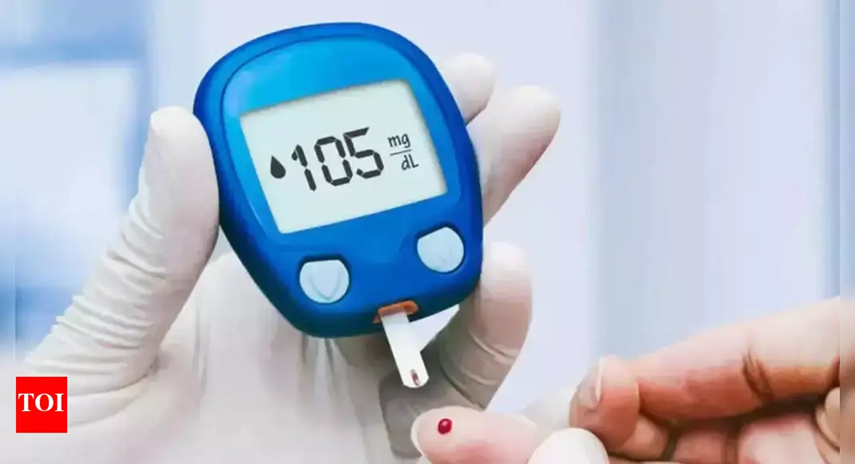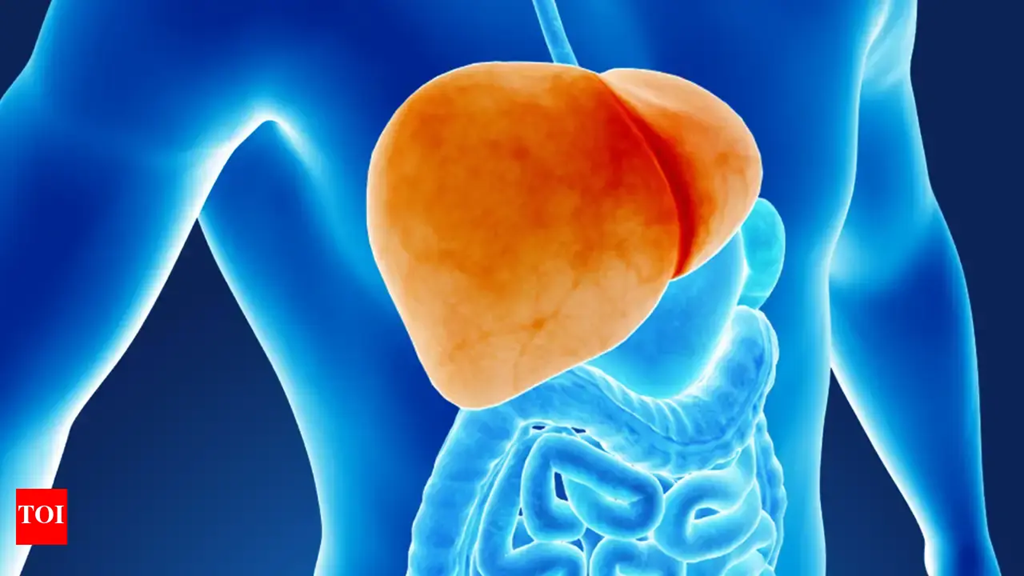
Jonathan D. Grinstein, PhD, the North American Editor of Inside Precision Medicine, hosts a new series called Behind the Breakthroughs that features the people shaping the future of medicine. With each episode, Jonathan gives listeners access to their motivational tales and visions for this emerging, game-changing field.
Uli Stilz, PhD, with his sage-like voice, is one of my favorite people to speak to in the precision medicine landscape. In this conversation, the vice president of Novo Nordisk guides me through his illustrious career and provides insight into the inner workings of Novo Nordisk’s Bio Innovation Hub that he established in Boston, aimed at tackling complex, multifactorial diseases such as Alzheimer’s, asthma, diabetes, and cardiometabolic diseases that impact millions of people.
Highlights of this interview have been edited for length and clarity.
IPM: How do you take a precision medicine approach to drug development for complex multifactorial diseases?
Stilz: In many ways, it’s jumping into the unknown and pioneering uncharted territory where we can hope for a breakthrough. It’s also not a random walk. We have focused on several key themes.
For the first theme, let’s take diabetes as an example. It’s been over a hundred years since the discovery of insulin, a breakthrough innovation that has helped many people and saved many lives. At the same time, most discoveries innovating medicines for diabetes are primarily symptomatic treatments—they don’t fundamentally change the cause of the disease trajectory. Anyone who gets diagnosed with diabetes today knows that they will be a patient for the rest of their life because there’s no way back. Fundamentally, we would like to unlock this disease to find what is driving it, and, by understanding this, can we find an intervention that could be disease-modifying? So, could we find interventions that could slow down disease progression, stop it, and maybe cure or prevent it? That’s one theme my team has been thinking about.
We’ve established a few partnerships with this as a focal point. We partnered with investigators at the Broad Institute here in Cambridge and at Mass General Brigham to understand if we can segment diabetes or if it’s one disease. By substratifying diabetes, we can also learn more about the drivers in subpopulations. That could lead to unlocking some key drivers and new biological insights, enabling discoveries on the journey toward disease-modifying agents.
As a second example, six years ago, we took note of fundamental research at the Whitehead Institute (MIT), mostly coming out of cancer research and a group of scientists including Rick Young and Phil Sharp, who asked the question of whether gene regulation is happening how we have described it so far in the textbook or is there a different paradigm? They articulated that supermolecular condensates are forming in cells, sometimes with hundreds of proteins without a membrane around them, which could be fundamental to regulating genes.
At the time, we asked if this was relevant to diabetes. So, we formed an academic partnership to understand and study this phenomenon together. We had a mutual learning: we learned from the Whitehead about condensate biology and gene regulation, and they learned from us about diabetes as a disease. That led to some fundamental insights, which triggered the collaboration with Dewpoint Therapeutics to see if this is a path to disease-modifying agents in diabetes. So, these are two very different approaches, but both are intended to unlock, and we understand disease biology in a very different way than we have been able to do so far. So that’s one theme my team has been focusing on: understanding biology and then, based on this, starting discovery programs for new experimental medicines.
A second angle we have taken on is the diversity of emerging platform companies and new therapeutic modalities to unlock biology that we understood quite well but didn’t have the right molecular tools for. Korro Bio is an example. We found it very exciting that, in a precision medicine approach, we could not only make edits at the DNA level and effect permanent changes but also edit RNA, potentially leading to a pharmacological, titratable intervention rather than a permanent one. Not only can we go after point mutations, but we can also modify proteins and introduce mutations in the protein sequence to modulate protein activity. For example, if you think about changing lysines into arginines, you can use the E3 ligase pathway. We can modulate protein properties. Perhaps we can modulate transcription factors and their properties.
Lastly, regarding novel therapeutics, we have unlocked important biology in both diabetes and obesity, so can we, with new modalities, invent the next generation of medicines that, for example, are less frequently dosed? This is important in treating a very large group of people living with those conditions and from a sustainability perspective. There, we partnered with Metaphore Biotechnologies.
IPM: How has your training at Caltech working on gene editing in the early days influenced your approach to developing and using precision medicine tools?
Stilz: When I joined Caltech, we all built double helixes on our desks. It wasn’t on a computer; instead, we had the 3D models on our desk and started to imagine chemical structures, in this case, a third helix going around the DNA. However, that approach only recognized two base pairs. So, the question was, could we extend the recognition code to recognize all four base pairs? Could we develop a general code for how to design precision medicine tools to recognize DNA and then potentially uniquely disrupt transcription and study biology? It was the early days and one of the birthplaces for chemical biology—using chemical tools to study biology and develop those tools. The combination of biology and chemical synthesis has led to these tools. The vision, which was based on mathematical calculations, involved selectively recognizing a stretch of 14 base pairs that occurs only once in the genome. We learned much later that nature had invented this, and CRISPR had become a landmark discovery that opened the field.
All that happened parallel to the development of antisense oligonucleotides (ASOs) in the early 1990s. In my early days in the pharmaceutical industry, I was responsible for a research group looking into ASOs. It looked so appealing and promising, yet it was bleak with challenges: how to get it into the cell and its toxicity effects with the immune system getting triggered. We had to overcome numerous obstacles, and it took 25 years to bring this to fruition. The discovery of siRNA has been a real breakthrough, and during the COVID-19 pandemic, we saw the breakthrough of messenger RNA (mRNA) in the development of vaccines. So, we will continue to see new capabilities and platforms emerge, and mRNA editing will be one of those. I am confident that mRNA editing will be a component in the toolbox to address certain types of biology selectively.
Precision medicine has become much broader than when I joined the industry more than 30 years ago. It was all small molecules, and then in some segments, it was complemented by natural products in particular, such as with the first wave of chemotherapeutics. Then antibodies occurred, and we now see genetic medicines evolving as we unlock different tissues beyond the liver.
It’s important in the team I have built here in the Bio Innovation Hub to bring together a cross-functional team of physician-scientists, biologists, chemists, and also scientists to understand AI and machine learning to be truly creative and innovative together with these partners to think about what ideas could become a reality and how to choose potentially promising avenues to go after.
IPM: What are some of the major precision medicine related themes you’ve seen transform over your career?
Stilz: In the early ’90s, genetic medicines were science fiction. We had crude tools, and now it’s become a reality. There’s still much more to discover, and the picture is far from complete.
AI has also had a journey regarding how we can design drugs rationally, and now the tools have become much more sophisticated. I remember 35 years ago I was at this wonderful meeting where 30+ Nobel Prize winners were invited to meet these graduate students, and I was one of the fortunate ones who could join. There, I met Christian B. Anfinsen, who postulated that the amino acid sequence determines the 3D structure, but we couldn’t connect it. Now, 35 years later, we can connect it and predict it. That’s fabulous!
It’s been 25 years since the first human genome was sequenced, and over this period, we have seen tremendous progress in understanding diseases that are primarily genetically driven, in particular rare diseases and also oncology. But now, I believe we have tools that enable us to get to multifactorial complex diseases, which are most likely not only genetically driven but also have epigenetic contributions. I don’t think we would have observed this pandemic of [diabetes and cardiometabolic diseases] over the last 50 years if it only were genetically driven. Now, we can actually study this.
IPM: What’s one aspect of Novo Nordisk’s Bio Innovation Hub that you value?
Stilz: We are all on one floor, and there are no walls or boundaries—so, there’s free dialogue. My team often sits together to brainstorm, but we spend most of our time with entrepreneurs and colleagues in teaching hospitals or universities to brainstorm about what they know and whether we can start a journey into the unknown by bringing those two pieces together. Can we discover something unique together, which none of us could do alone, because by bringing our expertise together, we can start a pioneering journey? It’s exciting to have a unit in Cambridge that can interact with so many entrepreneurial and highly insightful people to brainstorm with. The door is always open. We love to discuss, debate, brainstorm, and chart a new piece of science together that could lead to a discovery.








![Best Weight Loss Supplements [2022-23] New Reports!](https://technologytangle.com/wp-content/uploads/2022/12/p1-1170962-1670840878.png)




